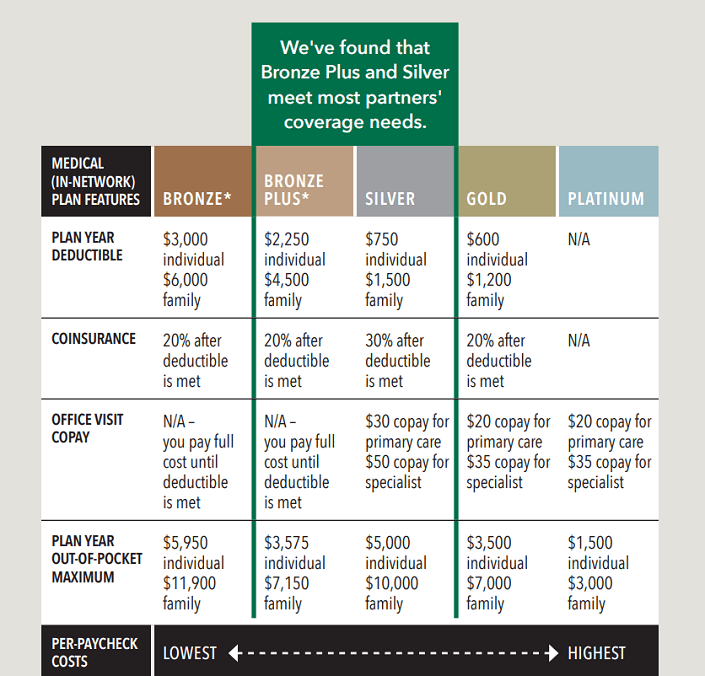Evidence suggests that the rate of hospital readmissions can be reduced by improving core discharge planning and transition processes out of the hospital. With ready access to the patients discharge instructions the nurse or care manager can provide another copy for patients who have lost the original.
 Readmission Reduction Program 10 Must Do Steps
Readmission Reduction Program 10 Must Do Steps
High readmissions rates within 30 days of discharge.

How nurses can help reduce hospital readmissions. Healing is rarely finished when a. Starting at admission we can miti-gate readmission risk at multiple points during the predischarge and postdischarge periods by. Future research is needed to determine if these interventions can specifically reduce thirty-day readmis.
Improving transitions and care coordination at the interfaces between care settings. 5 Proven Methods for Reducing Hospital Readmissions Ensure Adequate Nursing Coverage. The literature identified in this review appears to provide support for the use of mental health interventions after discharge as a mechanism for reducing physical health condition readmissions.
9 rows Federal nurse staffing data which are now based on data derived from. Readmissions wont be in issue if patients. Reductions in readmissions were achieved using a multifaceted approach with efforts at admission predischarge and postdischarge in a community hospital.
The NPs collaborated with physicians a key component for success according to the authors. In coordination with a health systems hospitalists and primary care physicians home health divisions can help avoid patient readmissions by deploying nurses physical therapists and. And enhancing coaching education and support for patient self-management.
A patient navigator team consisting of a nurse and pharmacist may help reduce hospital readmissions for heart failure. Quality transitional care has also been shown to significantly decrease hospital readmissions. The committee is looking at other ways readmissions can be reduced such as assigning nurses to call patients after they have been discharged to answer any questions or concerns they might have to ensure that each patient has received adequate education upon discharge regarding how to manage their condition and when to take medication.
One reason the nurse navigator helps reduce readmission rates is because follow-up is important to keeping newly discharged patients healthy. Preimplementation assessment revealed the need for a nursing science framework to effectively reduce 30-day readmissions. Through efficient coordination communication planning and ed - ucation nurses and nurse case managers NCMs can play a piv - otal role in reducing readmissions.
Having clinical staff involved in TOC program is important in both patient identification and interventions to reduce readmissions. Follow-up is key particularly in this area which is more rural and providers are not available on the weekend Weeks says. Early findings suggest that these navigator teams an initiative of the.
Facilitate a smooth transition to home care. One key to lowering readmission rates is to ensure that you have appropriate nurse. By standardizing contact with the patient post-discharge the hospital can establish clinical protocols that outline best practices for reducing readmissions.
Under the Healthy Heart initiative which aimed to reduce the readmission rate NPs coordinated the education medication diet and lifestyle of 312 patients with heart failure who were discharged and at high-risk for early readmission. The Transition Management Model was developed by and for nurse care coordinators at an Independent Health Network to reduce Medicare and Medicaid 30-day readmission rates.









